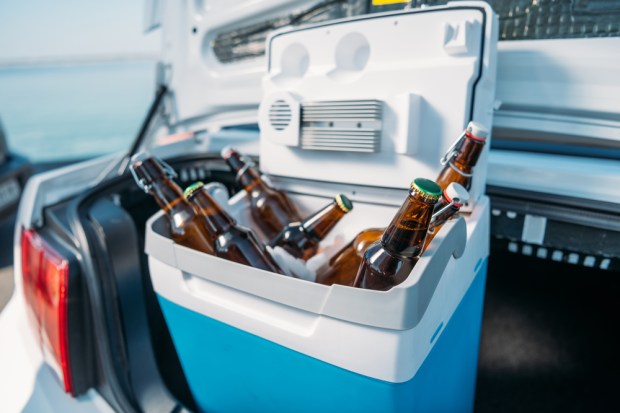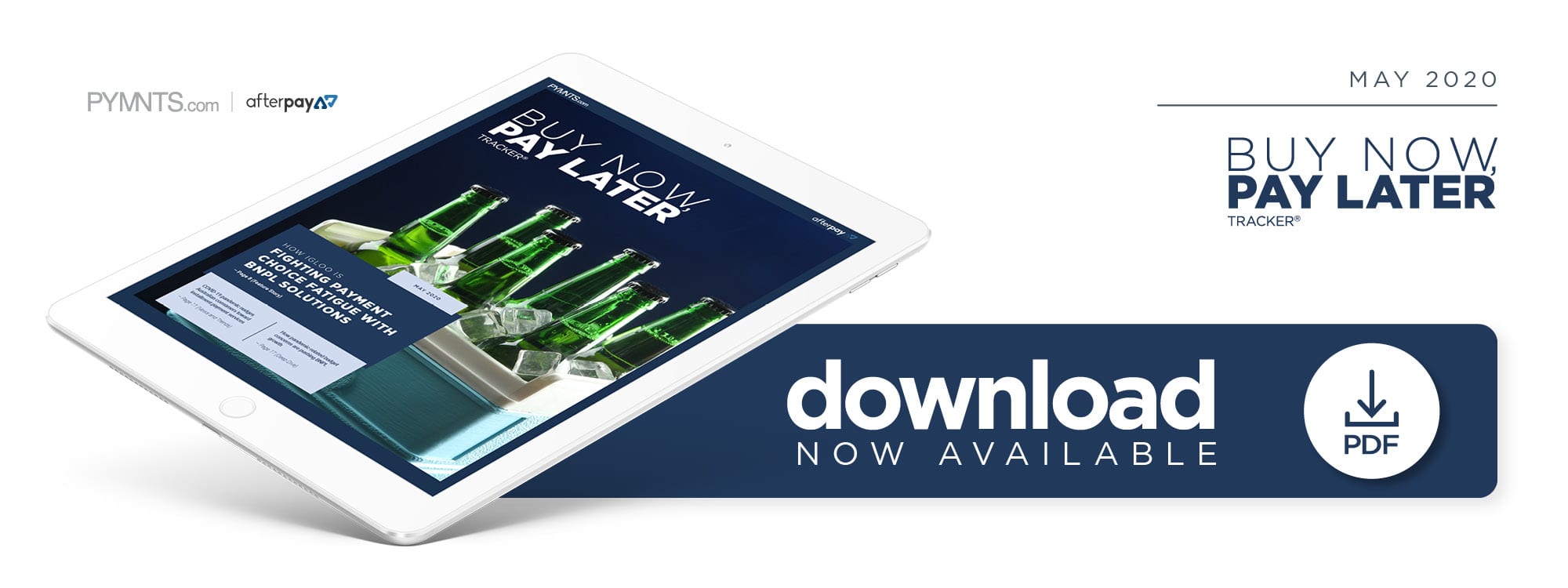How Igloo Is Fighting Payment Choice Fatigue With BNPL Solutions

Consumers have largely turned to eCommerce since efforts to slow the spread of COVID-19 shuttered brick-and-mortar stores.
Online purchases increased 30 percent between March and mid-April compared to the same period last year. This figure may lead some to assume those affected simply switched to online shopping without issue, but spend patterns during this time have shifted more dramatically.
U.S. consumers started out buying essentials like groceries and medical supplies before turning to more varied retail purchases and quickly appeared to need payment methods that fit their more focused shopping needs. Many say they have felt overextended by traditional options like credit cards that charge interest, leaving retailers to employ comfortable ways for shoppers to complete their purchases.
Alternative payment methods like mobile wallets or instant credit are becoming more attractive, but retailers must remember that consumers are not necessarily searching for the next big payment trend. They want options that fill their needs in the present moment, Brian Garofalow, vice president of eCommerce for North American cooler retailer Igloo, noted in a recent interview with PYMNTS — and offering too many choices can be as detrimental as offering too few.
“We really have to find the balance between where and how the customers want to convert and transact versus how many [payment] options are too [many],” said Garofalow. “When I [as a customer] do not know which service I want to use to pay, I [as a retailer] have already wasted too much time, and I am losing consumer confidence.”
The aim is thus to increase conversions by providing seamless experiences, he explained. Implementing installment payments — rather than other alternative solutions — into checkout experiences may help retailers provide the flexibility customers need both during the pandemic and well into the future.
Rising Customer Comfort
The need to balance payment flexibility with customer comfort has been well documented, with payment providers and merchants of all kinds discussing the dangers of implementing too many options at checkout. Retailers that examine such trends better understand what consumers would like to see alongside traditional methods like credit and debit, and recent data indicates both rising comfort with and greater interest in buy now, pay later (BNPL) products.
Customers’ growing awareness of and actual engagement with the method led Igloo to support BNPL solutions, Garofalow said. This happened well before the COVID-19 pandemic flipped established commerce patterns on their heads. The company added an Afterpay solution to its checkout experience just before 2019’s Black Friday and Cyber Monday online holiday rush.
“The rise of the [payment] category makes a lot of sense when you are talking about macroeconomics,” he explained. “The [customers using it] tend to be younger, they have less expendable income [and] they have a lot more need to have a product with some sort of immediacy — whether that is for a gifting purpose or it is being used for an adventure this weekend. The fact that [there is] a payment vehicle … to [meet] those consumers’ needs and wants [hits] the nail on the head.”
Millennials were among the first to try the new addition at checkout, Garofalow remarked. Their spending habits are paramount to retailers because the group is responsible for a growing share of retail purchases and is far more likely than other demographics to try out newer methods.
“The top consumer groups are males and females 25 to 34 [years old],” he said. “That is what we had expected … The actual products they are purchasing also make a lot of sense to us. [They include] some of our higher-ticket items, [which can cost] $150 or more as a single purchase.”
These buying trends make sense as BNPL solutions become more established in markets like Australia, the U.K. and the U.S. Consumers around the world have become steadily more intrigued by such payments, and recent research shows the COVID-19 pandemic’s impacts on their personal finances may have led many more to give installment payments a try.
COVID-19 and Future Payments
Examining COVID-19’s impact on short-term buying habits has become important to retailers. Many consumers have had to tighten their purse strings amid the recent economic downturn, meaning they may not feel comfortable paying even typical amounts for purchases. BNPL products have thus experienced sharpened interest as consumers consider installments to ensure they have the goods they need or want.
“Yes, [COVID-19] is certainly affecting people’s buying habits,” Garofalow said. “We are going to see a lot of things happen in the short term … that will have an impact on what we can do. … We are seeing very small things change already. We work with a lot of big retailers that are selling all of our products online, and we are seeing some data points change quickly.”
How eCommerce sales will shift in the long term is something merchants and payment providers must begin to study to make sure they can keep offering customers the seamless shopping and payment experiences they need. Retailers must be aware of how the methods they offer support customers in the moment and whether those options can adapt to changing situations. Such awareness will require constant research into how and why consumers are buying products.

